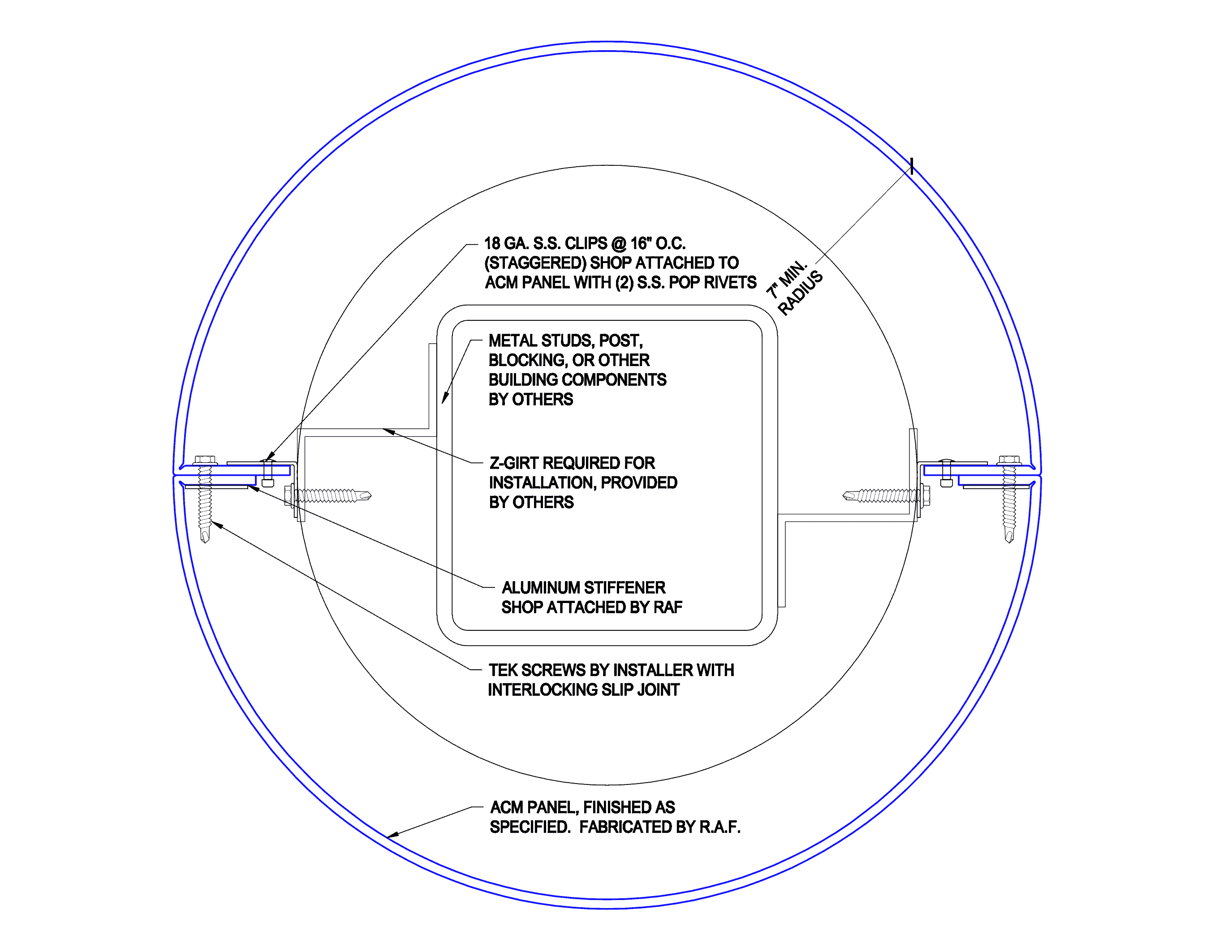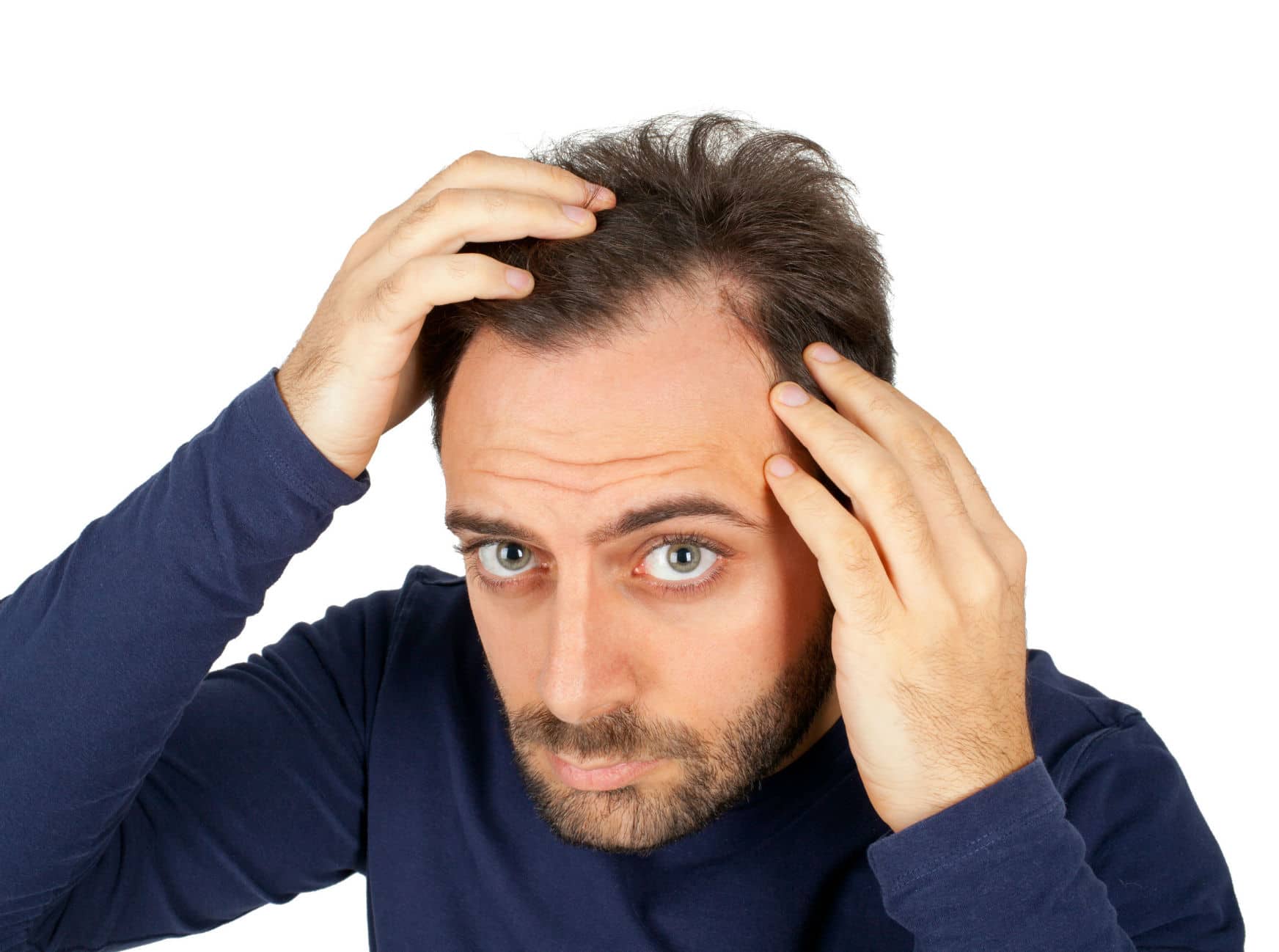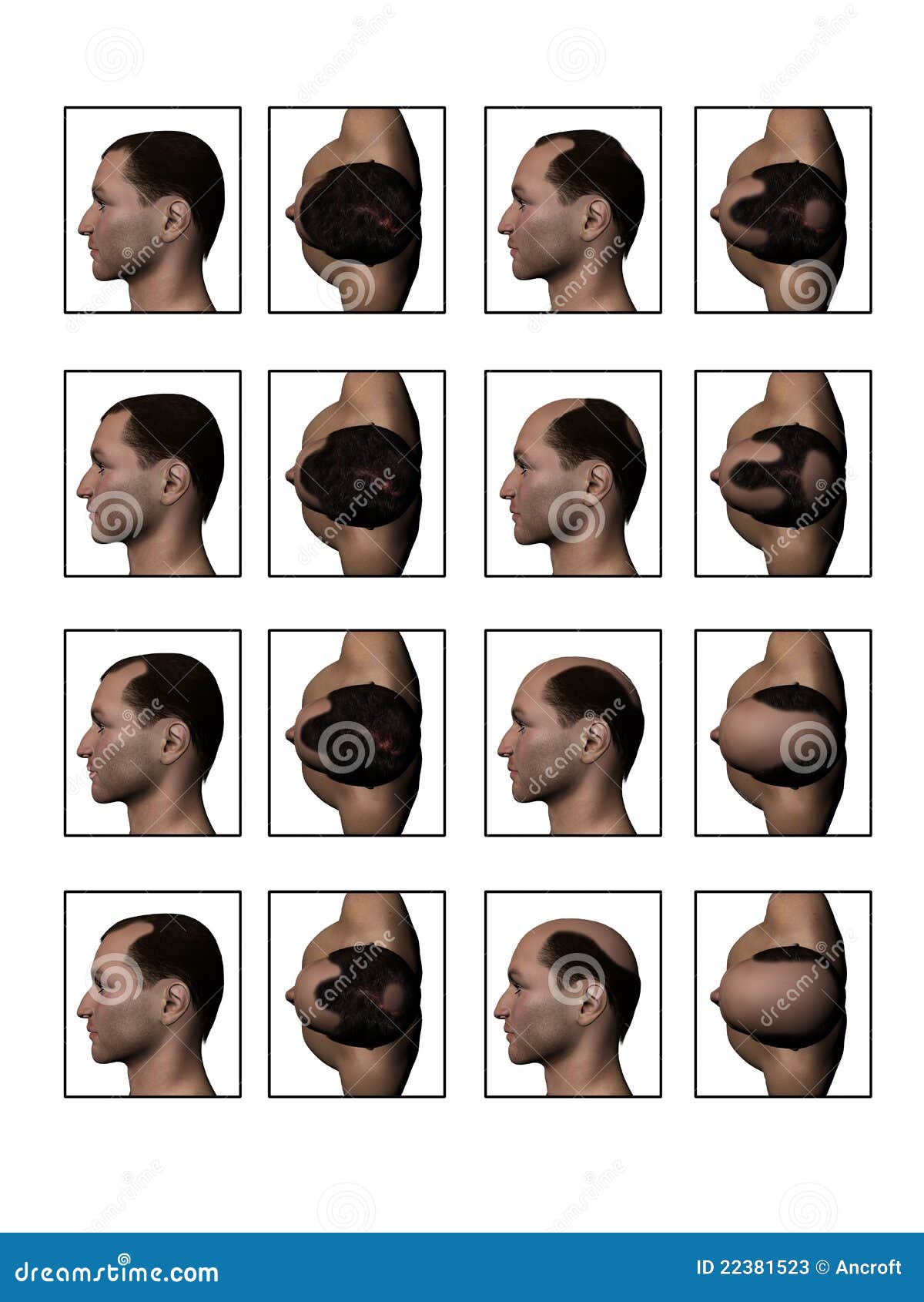When it comes to hairline shapes, we're not just talking about a random line on your forehead. Your hairline is like a fingerprint—it’s unique to you and plays a massive role in defining your overall look. Whether you're rocking a strong widow's peak or sporting a perfectly symmetrical straight hairline, this part of your appearance can make or break your confidence. But what exactly makes one hairline different from another? Let’s dive deep into the world of hairline shapes and uncover the secrets behind these defining features.
Think about it for a second. Have you ever noticed how certain hairstyles just seem to "fit" some people while others look completely out of place? A big part of that has to do with hairline shapes. Your hairline isn't just a random line—it's a reflection of your genetics, age, and even lifestyle choices. Understanding your hairline shape is crucial if you want to find the perfect hairstyle or address any concerns you might have about hair loss or thinning.
So, why should you care about hairline shapes? Well, knowing your specific hairline type can help you make better decisions when it comes to grooming, styling, and even medical treatments. In this article, we’ll explore everything you need to know about hairline shapes, from the most common types to how they change over time. Plus, we’ll share expert tips on how to enhance your natural hairline for a more polished look. Ready to get started? Let’s go!
Table of Contents
- What Are Hairline Shapes?
- Types of Hairline Shapes
- Factors Affecting Hairline Shapes
- Biological Impact on Hairline Shapes
- Changing Hairline Over Time
- Styling Tips for Different Hairlines
- Medical Approaches to Hairline Shapes
- Celebrity Hairlines: Inspiration and Lessons
- Common Misconceptions About Hairline Shapes
- Final Thoughts
What Are Hairline Shapes?
Hairline shapes refer to the distinct patterns or contours formed by the edges of your hair at the front of your scalp. These shapes vary greatly from person to person, influenced by genetics, hormonal changes, and environmental factors. Some people have sharply defined peaks, while others sport smooth, straight lines. Understanding your hairline shape is essential because it affects how you perceive yourself and how others perceive you.
There’s no one-size-fits-all when it comes to hairline shapes. What works for one person might not work for another. For example, someone with a widow’s peak might look great with a high-and-tight fade, while someone with a straight hairline might prefer a more classic style. Knowing your hairline shape helps you tailor your grooming routine to suit your unique features.
Types of Hairline Shapes
Common Hairline Shapes
Let’s break down the most common hairline shapes you’ll encounter:
- Widow’s Peak: Characterized by a sharp V-shape in the center of the forehead, this hairline is often associated with mystery and allure. Think of characters like Dracula or even modern celebrities like Johnny Depp.
- Straight Hairline: As the name suggests, this hairline runs parallel to the eyebrows, creating a clean, symmetrical look. It’s often seen in people with round or oval face shapes.
- M-Shaped Hairline: This type resembles the letter "M" and is often linked to male pattern baldness. The edges dip slightly, creating a wave-like appearance.
- Receding Hairline: A receding hairline occurs when the hairline begins to move backward, leaving a higher forehead. This is a common concern for many adults, especially as they age.
Each of these shapes comes with its own set of pros and cons. While some people embrace their natural hairline, others may seek ways to alter or enhance it through styling or medical interventions.
Factors Affecting Hairline Shapes
Genetics vs. Environment
Your hairline shape is largely determined by your DNA, but external factors also play a significant role. Genetics dictate the basic structure of your hairline, but things like stress, diet, and hormonal changes can influence how it evolves over time. For instance, testosterone levels in men are closely linked to hairline recession, while women may experience changes during pregnancy or menopause.
Environmental factors like pollution, sun exposure, and even haircare products can also impact your hairline. Using harsh chemicals or over-styling your hair can lead to damage, causing your hairline to appear thinner or uneven. That’s why it’s important to maintain a healthy scalp and use gentle, nourishing products.
Biological Impact on Hairline Shapes
From a biological perspective, hairline shapes are closely tied to our evolutionary history. In ancient times, a well-defined hairline may have signaled youth and vitality, making it an attractive trait for potential mates. Today, while we don’t rely on hairlines for survival, they still hold cultural significance.
Hormones, particularly androgens like dihydrotestosterone (DHT), are major players in shaping hairlines. DHT binds to hair follicles, causing them to shrink and eventually stop producing hair. This process is responsible for male pattern baldness and receding hairlines in many individuals. On the flip side, some people inherit robust hair follicles that resist the effects of DHT, allowing them to maintain a full, healthy hairline well into adulthood.
Changing Hairline Over Time
The Aging Process
As we age, our hairlines naturally change. For some, this means a gradual shift from a youthful, straight hairline to a more mature, receded line. Others may experience more dramatic changes, such as the development of a widow’s peak or an M-shaped hairline. These changes are a normal part of life, but they can be distressing for those who aren’t prepared for them.
It’s worth noting that not all hairline changes are permanent. Temporary factors like stress, illness, or poor nutrition can cause hair thinning or shedding, but these issues often resolve on their own with proper care. If you notice sudden or significant changes in your hairline, it’s a good idea to consult a dermatologist or trichologist to rule out underlying health conditions.
Styling Tips for Different Hairlines
Now that we’ve covered the basics, let’s talk about styling. Your hairline shape should guide your hairstyle choices to ensure a cohesive look. Here are a few tips for each type:
- Widow’s Peak: Embrace your unique shape with a slicked-back style or a side part that draws attention to the peak.
- Straight Hairline: Keep things simple with a clean, classic cut that complements your symmetry.
- M-Shaped Hairline: Opt for a textured style that adds volume and disguises any gaps or dips.
- Receding Hairline: Consider a shorter cut or a fade to create the illusion of a fuller hairline.
Remember, there’s no right or wrong way to style your hairline. The key is to experiment and find what makes you feel confident and comfortable.
Medical Approaches to Hairline Shapes
For those unhappy with their natural hairline, there are several medical options available. Hair transplants, for example, involve transplanting healthy hair follicles from one part of the scalp to the hairline area. This procedure can restore a natural-looking hairline and is often used to treat receding hairlines or bald spots.
Non-invasive treatments like platelet-rich plasma (PRP) therapy and low-level laser therapy (LLLT) can also promote hair growth and improve hairline density. These treatments work by stimulating blood flow and encouraging follicle regeneration. While they may not produce immediate results, they offer a safer, less invasive alternative to surgery.
Celebrity Hairlines: Inspiration and Lessons
Stars Who Rock Their Hairlines
Celebrities often set the trend when it comes to hairstyles, and their hairlines are no exception. Take Leonardo DiCaprio, for example, whose widow’s peak has become iconic in Hollywood. Or Justin Bieber, who frequently experiments with different hairstyles to enhance his naturally straight hairline. Even celebrities with receding hairlines, like Dwayne "The Rock" Johnson, prove that confidence and personality can make any hairline look great.
By studying how celebrities style their hairlines, you can gain inspiration for your own look. Just remember that what works for them might not work for you, so always tailor your choices to your individual features.
Common Misconceptions About Hairline Shapes
There are plenty of myths and misconceptions surrounding hairline shapes. For instance, many people believe that a receding hairline is always a sign of baldness, but this isn’t always true. Some individuals naturally have higher hairlines that don’t indicate any underlying issues. Another common misconception is that hair loss is purely genetic, when in reality, lifestyle factors can also contribute.
It’s important to separate fact from fiction when it comes to hairline shapes. Educating yourself on the science behind hair growth and loss can help you make informed decisions about your grooming routine and treatment options.
Final Thoughts
Hairline shapes are more than just a cosmetic concern—they’re a reflection of who we are and how we present ourselves to the world. Whether you’re blessed with a perfect widow’s peak or dealing with a receding hairline, there are countless ways to enhance and celebrate your unique features.
As you’ve learned throughout this article, understanding your hairline shape is the first step toward achieving a polished, confident look. By embracing your natural hairline and making smart styling choices, you can create a hairstyle that truly reflects your personality and style.
So, what’s next? Take a good look in the mirror and get to know your hairline. Experiment with different styles, consult with professionals if needed, and most importantly, have fun with the process. Your hairline is part of what makes you special—own it and let it shine!
Don’t forget to share your thoughts and experiences in the comments below. And if you found this article helpful, feel free to share it with your friends and family. After all, knowledge is power, and when it comes to hairline shapes, the more we know, the better we look!



Detail Author:
- Name : Rene Gusikowski
- Username : raynor.lazaro
- Email : adell94@yahoo.com
- Birthdate : 1992-08-20
- Address : 4626 Hintz Prairie Suite 584 Champlinland, HI 19036-5815
- Phone : 818.564.6191
- Company : Heathcote-VonRueden
- Job : Physics Teacher
- Bio : Illum odio optio quia pariatur magni molestias dolor. Neque ex animi consequatur optio harum nostrum facere. Et qui harum consequatur quam. Nulla commodi eum nam quo explicabo enim.
Socials
linkedin:
- url : https://linkedin.com/in/mike_harvey
- username : mike_harvey
- bio : Velit animi culpa sapiente corporis voluptas est.
- followers : 3462
- following : 1189
tiktok:
- url : https://tiktok.com/@mike_official
- username : mike_official
- bio : Rerum animi occaecati ea dolores exercitationem.
- followers : 3975
- following : 2834
twitter:
- url : https://twitter.com/mike.harvey
- username : mike.harvey
- bio : Aliquid quo est et ut. Natus aut non est odit voluptatem. Voluptatum dolorem deserunt quis quos libero hic repudiandae. Et qui qui voluptatem fugit.
- followers : 6575
- following : 560
instagram:
- url : https://instagram.com/mike.harvey
- username : mike.harvey
- bio : Quia qui ipsa et aperiam aut dignissimos maiores voluptatem. Facere sunt aliquid quod et.
- followers : 298
- following : 2666